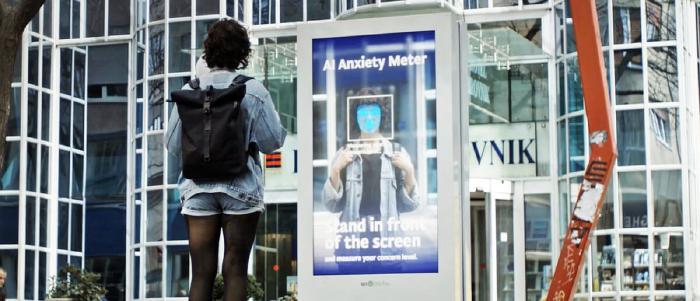
Dec 21 2023
8 min read


Jan
Digital signage is a high ROI tool. But not even the most valuable tools can give you optimum results unless the best practices are followed. There are certain general rules of thumb that you are required to follow and some experience-derived conclusions that help you create better digital signage content or manage your screen network better.
Let’s dive in.
Digital signage is a valuable asset for any business that often requires substantial investments. To make sure you derive the best ROIs, it’s essential to have a strategy in place. Your digital signage strategy can include the following:
Next, comes the digital signage cost budgeting. In this stage, you calculate your expenditures & ROIs and assess where you want to invest more― the hardware or the software. This decision will likely depend on the signage use case: if your screen needs to display high-quality visuals like product catalogs or menu boards, you need to buy displays with high resolution.
Likewise, if you have a digital signage network of multiple screens or require smart functions in your signage (like interactivity or automation), it is imperative to choose a powerful display and content management software.
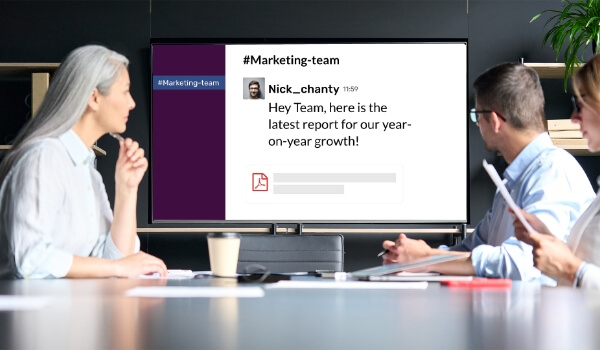
Nowadays, API integrations have made it easier to channel data from one software system to another. Digital signage integrations can mean different things for different businesses; if your screens are deployed in conference rooms, you may want to integrate platforms like G-suite, Microsoft Office, Slack, or Zoom app. For break room signs, this may mean integrating social media platforms like Twitter and Instagram.
Many organizations make it a practice to integrate their digital signs software with other licensed tools such as Business Intelligence applications or employee experience platforms. This allows them to display KPI metrics, internal polling results, project dashboards & other productivity-boosting information on large screens.
Movement always catches our attention. Remember, your visuals are the most powerful component of your design, and dynamic visuals are those cherries on top! While designing your digital signage content, one of the best practices is to add GIFs, 3D graphics, animation, videos & other audio-visual elements.
Legible fonts and texts make it easier for viewers to see and understand your message at a glance, even from a distance. This is especially important for messages on digital billboards or footpath standees since the viewership is always from a distance of at least 30 meters.
Keep it BOLD: Bold texts can be easily read from a distance, and there is little to no scope for a potential viewer to miss it since the pattern is an instant attention-attractor.
Large font sizes = your message is read: Font sizes vary according to the screen’s viewing distance and pixel resolution. For example, a letter height of 4 inches should have a maximum viewership range of 100 feet, and that of 10 inches should be 250 feet. Fonts also depend on the screen layouts and vary between portrait and landscape modes, but ideally, no digital poster or billboard should have a font size of less than 50-point font.
Take a look at the two images below. Which one do you think will appeal to a passerby?
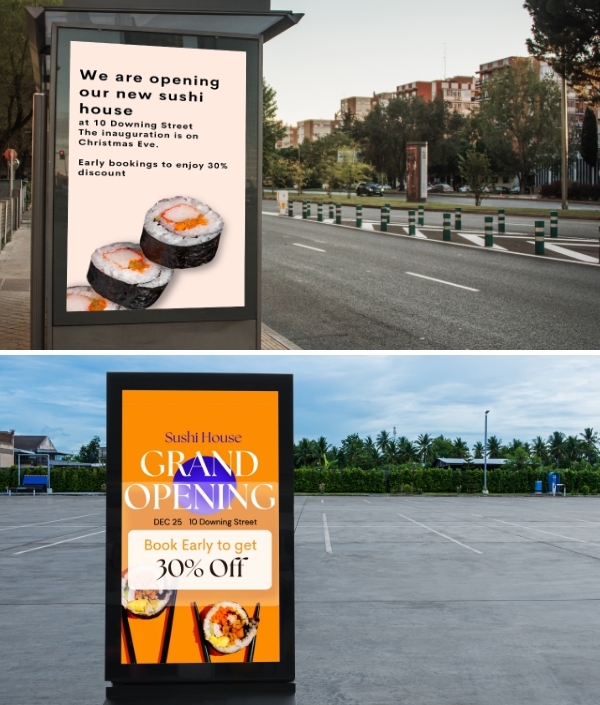
Remember, what you want to convey will successfully reach your target audience only when you marry design with perspective!
Aren’t you curious about how your target group interacts with your marketing campaigns? Of course, you do! And digital signage analytics does just that.
From viewer demographics and time spent interacting with your displays to quantifying the time break up of customer footfall, signage analytics is increasingly becoming the driving force behind many modern retail marketing strategies.
The biggest plus of digital signage lies in its interactive ability― directly tapping the display, motion gestures, or simply scanning a QR code on-screen. Wherever possible, it is recommended to bring in interactive content so that your audience feels more connected to your messaging or campaigns.
For instance, showing a simple wayfinding map on your signage screen is a good practice that many modern offices and shopping malls have. But guess what adds to the visitor experience? An interactive live map which visitors may follow as they navigate the premises.

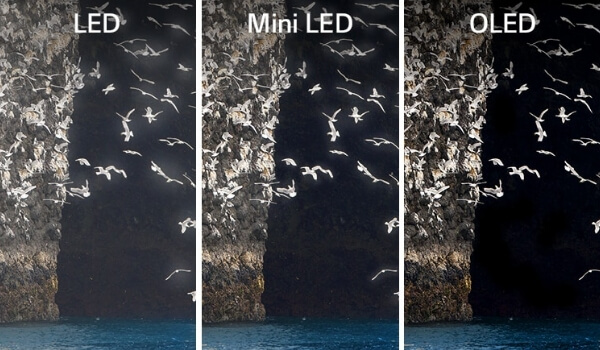
Pixels determine a picture’s clarity, and your digital display should ensure maximum clarity! Be it a dimly lit street at night, the brightest spot in the heart of the city, or a bus stop, ensuring your electronic signage display’s brightness auto-adjusts according to the lighting is an absolute must!
A display resolution of 1920 x 1080 is considered ideal for digital signage.
Tip: Ordinary and 3D displays might differ in their resolution and display requirements. Make sure you select a screen according to this.
Why should anyone unhook from the funny cat video or the juicy celebrity gossip in a magazine to stare at your video wall?
They might, but only if your digital signage content comes as fresh as the newest Tiktok challenge.
But unlike social media, where clever algorithms deliver the most relevant content, your signage content relevancy has to be strategized and manually decided. So make sure to keep refreshing your screen with new media.
Nowadays, software platforms like Pickcel come with tons of digital signage content apps that make it easier to keep the river of content flowing. A social wall app can display live posts & tweets, a countdown app can evoke urgency to make a purchase, and local news apps can be highly contextual.
Besides, frequently updating the content on your electronic displays is also needed to avoid screen burn, which is when you see a ghost image (blurry images) on your screens. This happens when your monitor has been running the same content format for a long time (most common in the case of static images).
Durability and resistance to environmental conditions such as lightning include some of the key features of an excellent digital signage player.
A system wherein a bug is difficult to deploy and sends out automated alerts when something unusual shows up in the system are the features you must look out for when selecting your player.
Depending on the audience demographic or location of your digital signage, you create multiple versions of the same digital signage content. These variations may include slight tweaks in the design or the messaging.
For example, if your screen is in an office area, it is best to display all user benefits related to your product at a time they are most likely to notice it― when they check in to work at 9 in the morning, during the lunch hours and while they are leaving!
Similarly, if the signage display is near universities/schools, change your content to more of an experience-based promo, such as offering a QR code scan to get vouchers or using GenZ terms in your ‘Fam,’ ‘TFW,’ or ‘Vibe check.’
If your signage content is to encourage people to take an action - like scan a QR, tap on a link or simply spin a wheel for a discount coupon, ensure your message is clear, catchy, and kind of a tagline that remains in the audiences’ minds long after they have seen or interacted with it.
Digital signage is an extremely useful tool. But often, businesses fail to make the most of it. If you follow the best practices mentioned above, your digital signage will get you better results and you can also use the same screen for multiple purposes: sales & promotions, internal communication, and performance tracking.
More blogs from Pickcel:
Digital signage video wall design inspiration
Take complete control of what you show on your digital signage & how you show it.
Start Free Trial Schedule My Demo
Dec 21 2023
8 min read
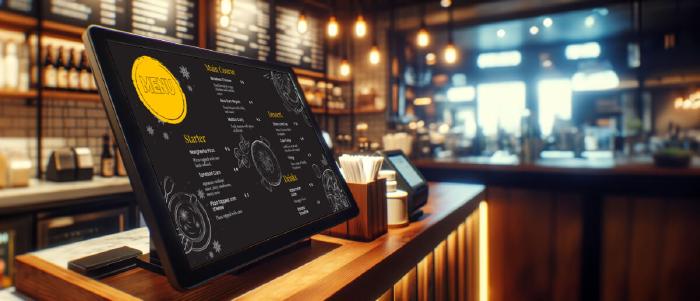
Dec 19 2023
6 min read

Dec 14 2023
7 min read
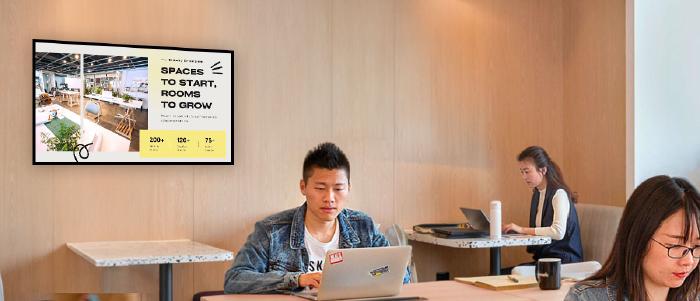
Dec 8 2023
8 min read